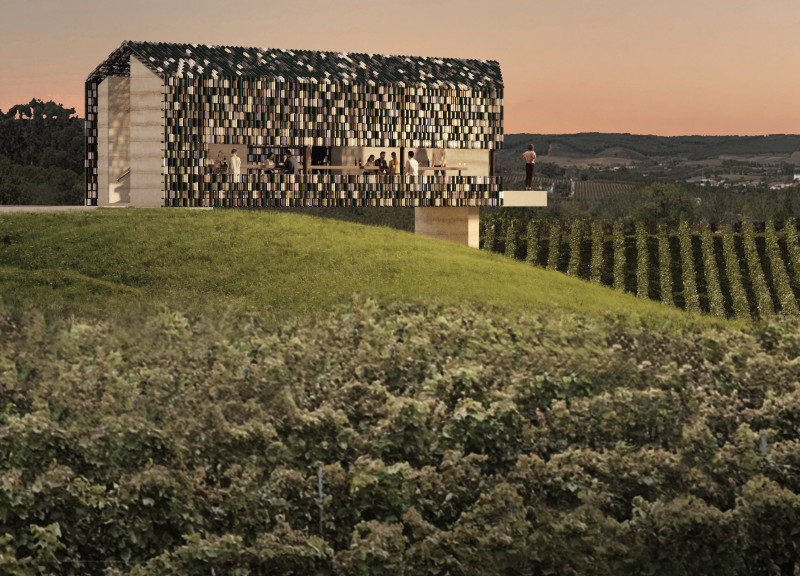5 key facts about this project
Located in an area filled with natural beauty, the design offers a refreshing experience of the landscape through its unique approach. The function of the building revolves around connecting people with nature, creating a space where every visitor can engage with the environment. By treating the architectural form like a cinema, the design frames views of the lush surroundings, inviting users to immerse themselves in the changing scenery.
Design Framework
The structure consists of a platform, a wall, and a veil that combine to create a fluid transition between the inside and outside. This arrangement encourages interaction with the landscape. It invites visitors to explore and enjoy the views. Relationships between various spaces are carefully considered, enhancing the communal atmosphere while allowing for personal reflection.
Spatial Engagement
The exterior veil is crucial in shaping the visual experience. It extends the horizon, abstracts natural elements, and frames key vistas, such as the distant hills and captivating sunsets. By shifting perspectives, the design fosters a deeper appreciation for the natural beauty surrounding it. As visitors move through the space, they experience gradual changes in light and scenery, which further enriches their connection to the environment.
Material Expression
The use of materials such as glazed clay, clear glass, etched glass, frosted glass, and chrome plays an important role in the project. These choices reflect a respect for local building traditions while integrating modern components. The varying types of glass allow natural light to filter in, blending the interior and exterior. This interaction with materials enhances tactile experiences and links people to the world outside.
Through thoughtful design and careful material choices, the building creates an environment where nature can be experienced in new and interesting ways. Light, texture, and form come together, providing a rich setting that captures the essence of the landscape. Visitors find themselves in a space that encourages exploration and appreciation of nature.























































